Click to view our Accessibility Statement or contact us with accessibility-related questions






PRODUCTS YOU MAY LIKE
Trending Posts in Audiophile

Simthaniel
Rigs
Modded headphones with qudelix at the core
When I received the Qudelix 5K, I had already modified a pair of Superlux HD-681 headphones. I previously soldered my own balanced connections to the drivers, providing multiple ways to connect and...
Apr 14, 2024

brothamike
A decent set of IEMs
I am in the midst of a 300 hour burn-in but, I will say I am enjoying how this set sounds so far. Before I received these which was btw late by a few weeks, I purchased a Sony/Kimber Kable MMCX...
Apr 12, 2024
merrick97
Should I exchange the PC38X for better headphones?
I bought the PC38X headphones FOR GAMING and they are great, but I have NO use for a Microphone since I don't do competitive gaming and I was wondering if there were better headphone options at a similar price without a headphone, where (presumably) more of the cost was put into making it sound better. I also find that my PC38X don't get quite as loud as I would like and I was wondering if a cheap amp like the iFi Go link would draw a little more volume out of my phones. https://www.amazon.com/dp/B0BN6MM822?psc=1&ref=ppx_yo2ov_dt_b_product_details I went with the PC38X since it was considered the best bang for buck headphones. I care most about using spatial apps like DOlby Atmos and DTS Headphone:X. Suggestions are welcome.
Apr 11, 2024

LostnAmerica
Sound Signature of the Grell Project.
Wondering what type of sound signature the Drop Grell project headphones will have or trying to attain. Any update would be appreciated.
Apr 8, 2024

Fabulous
Looking for a gaming/content audio setup
Hello! I'm looking for recommendations on audio setups. I'd be planning on using it mostly for gaming. Preferably I'd like a pair of large closed back headphones since I have a big head and jaw. I'd also like to hear myself through my mic with mic monitoring. As far as budget goes, I don't really have one. But under 600$ would be nice. I can go higher if needed. The audio setup would be connected to a high performance PC. Thank you in advance for any recommendations!
Apr 4, 2024

1plsd
$10 Drop Coupon Email not sent?
Trying to buy some gear off Drop for the first time. I was told I would receive an email with a welcome to drop $10 off promo. I never received that email. Drop was able to send me emails for my login token and email for Password update. But for some reason the $10 off coupon was never sent to me.
Mar 31, 2024

NMPacella
New here
Hello, I just joined, primarily for the audiophile products. Looking at purchasing the NHT C3 speakers for our new living room. Space is about 15 feet wide by 33 long and they will fire long ways. Space is just for general listening, music room with all equipment is downstairs, so hoping they will fill it with sound nicely. Cheers.
Mar 18, 2024
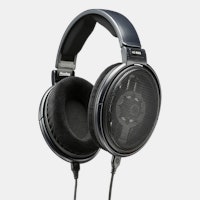
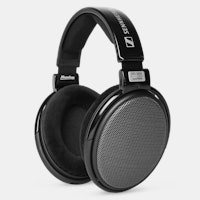

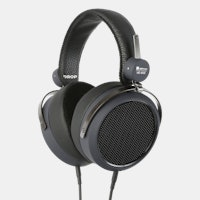
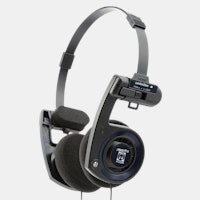
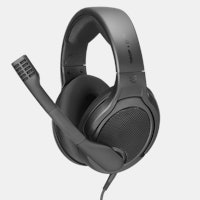
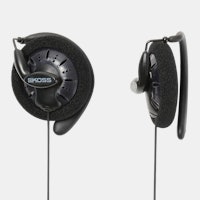
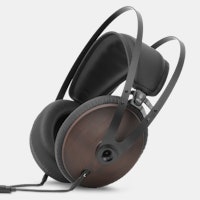
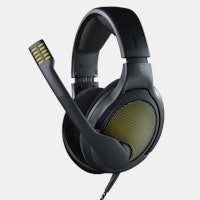
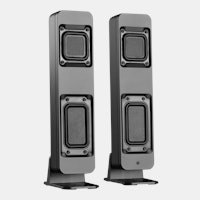
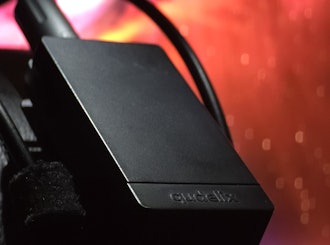
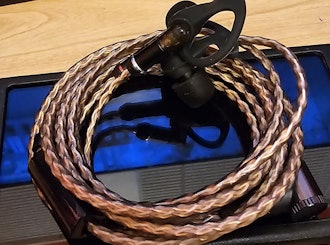
IEMs also tend to have very different 2nd and 3rd order distortion characteristics. You also tend to not need to worry about CDSs with IEMs but it can come in handy to understand if a set has any "ringing" issues.
In regards to impedance, depending on if it's a balanced armature and its crossover design, a hybrid system with crossovers, planar, or dynamic driver, the source can drastically change the sound and presentation. For example, the Campfire Andromeda is notorious for this. They are incredibly sensitive so unless your source is well under 1 ohm, you'll get some hiss. They also change drastically under a low OI (brighter, more resolving) or a higher OI around 3 ohms (warmer, more bass). Go too high and they start to sound odd and introduce odd harmonics and distortions.
I even forgot to bring up tip rolling which can have a significant impact on catering the sound to your liking (silicone vs foam). When it comes to cables, I have had very few instances in where this actually mattered. The one time it caught my attention was with the Andromeda. I went with a pure copper cable or its SPC Litz cable due to its impedance changes. This allowed me to use the Andro on less sensitive sources without hiss and added the right amount of warmth I wanted from them. This isn't common but is something that should be kept in mind as you try to nail down the sound you're looking for from your IEMs.
And honestly, for $200, you have a wealth of great sets to sample. Nowadays, this is the primo range for most and technology has really pushed what an entry level IEM can sound like. IEMs have so much more variation than headphones so it can be a bit daunting finding something you love but when you do, its much easier moving forward to know what speaks to you. Personally, I would go for comfort first and sound second. Even if their sound quality isn't summit-fi, having a comfortable, smooth, well-rounded IEM will benefit you more than something polarizing and niche that just reviews well. At least as you get started to find your preference.
You do make a good point on customs being tuned for your ears. Starting with your ear shape and adjusting based on that to get to the target response has merit for sure. Maybe I really will have to break my rule and get some customs. I just need to find some with published response curves so I can try to figure out which ones I want.
As far as budget CIEMs go, Custom Art gets mentioned a lot and people have a lot of good things to say about them: https://thecustomart.com/fibae-1/. There are a few others too should you want to do some more research and inquire further: Alclair Reference, Alclair Dual, UE 4 Pro, Cleartune CTM-200, and 1964 Audio A2e.
If you'd like recommendations for universals just let me know.